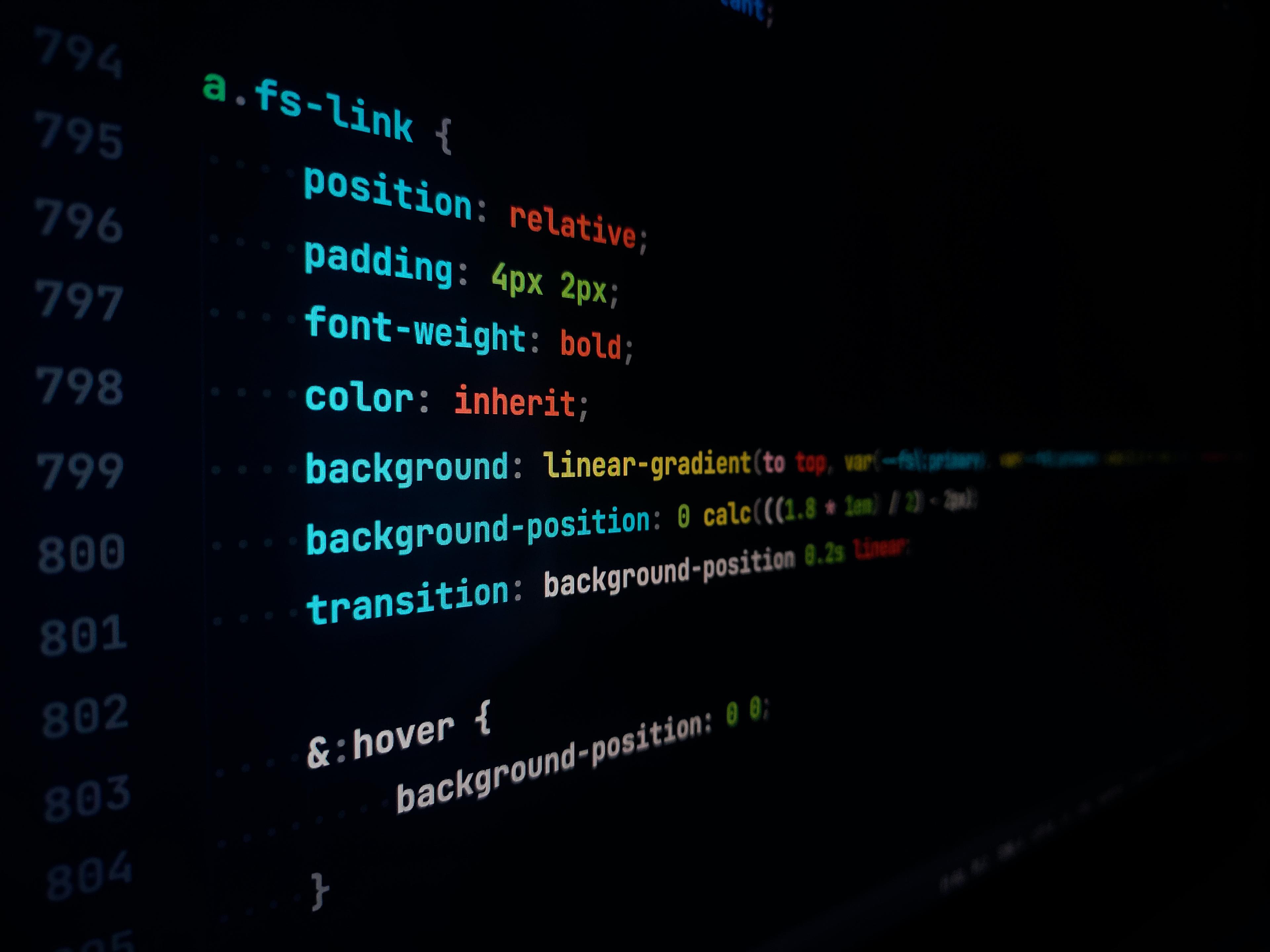User patience is increased by animated page loaders when using a tool or website. It informs users that the system has not crashed, provides an estimated loading time, and maintains their interest by offering something amusing for them to view. What's best? With some little web design knowledge, it is simple to make animations in CSS.
These days, animated loaders are frequently seen on websites, especially as the popularity of React web applications and websites increases. It is one of the many ways we may enhance an app's perceived speed, or, to put it another way, make it appear as though the website is loading more quickly than it actually is.
How do page loaders work?
When you click a link or button on a website, a page loader delivers a loading page overlay. You can include various page loaders, such as spinners, loading bars, and animations of an hourglass.
Page loaders also serve as notifications, letting consumers know that their request is still being processed by the system. Simple animations are typically used in animated page loaders to amuse visitors while the server is processing their request.
They are crucial components of a web page that shouldn't be overlooked during development because users will get frustrated if they have to wonder whether their request is being handled.
Why should a website utilise page loaders?
Certain components on a website or app will inevitability take some time to load. Everyone hates waiting, so you need to keep them interested throughout those brief intervals.
Regardless of the actual wait time, page loaders are crucial to perceived performance, or how long it feels like anything is loading. This is due to the fact that they offer a slight diversion for the user while they wait, which causes the time to seem to pass more quickly.
A reason why users must wait can also be revealed by page loaders. Because it provides your users with a rationale for the inconvenience, this helps lessen annoyance. Simple remarks like "please wait while we load your content" or "we are working on downloading your document" work well without having to be overly explicit.
Finally, by calculating how much longer the user will have to wait, page loaders can lessen user annoyance. By establishing expectations, time management encourages users to wait patiently. This grade might be shown as a percentage or as a clear indicator of progress.
Why is CSS the most advantageous choice for page loaders?
When developing page loaders, CSS should be used for a number of reasons.
It is firstly simple to alter. Timing, colour, speed, and other animation aspects can all be rapidly changed.
Second, compared to, say, JavaScript, CSS animation is quicker and more fluid. This is due to the fact that JavaScript animation speeds are dependent on the library being used in conjunction with it, whereas CSS offloads animation logic to the browser.
About Venkatesh Chowdary
B Venkatesh Chowdary is a passionate blogger and aspiring engineer with a background in Computer Science and Engineering. He recently completed his Bachelor's degree from AMC Engineering College, Bangalore, where he developed a strong foundation in Java, SQL, and web technologies. Venkatesh is eager to explore innovative projects and share his knowledge on technology, agriculture, and personal development through his blog. He has hands-on experience in AI & ML from his internship at Take It Smart Pvt Ltd, where he worked on a number plate recognition project. Additionally, Venkatesh is an advocate for continuous learning, having earned certifications in Python and Data Visualization from Google and Microsoft. Outside of work, he enjoys sports, athletics, and volunteering in community service initiatives.


